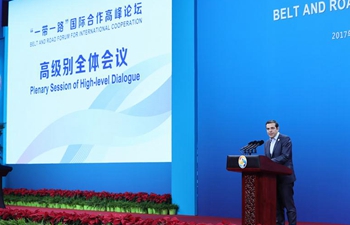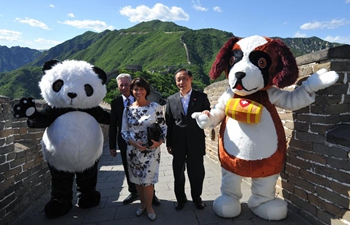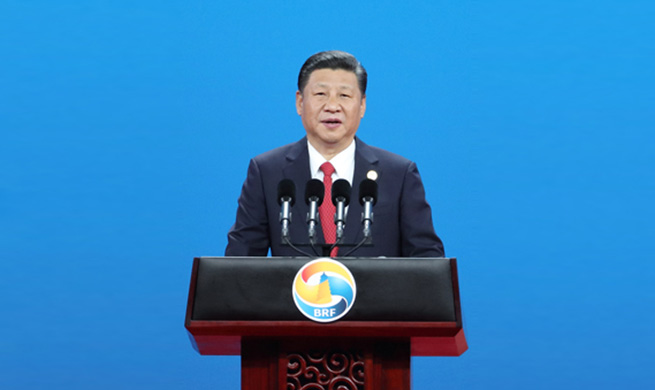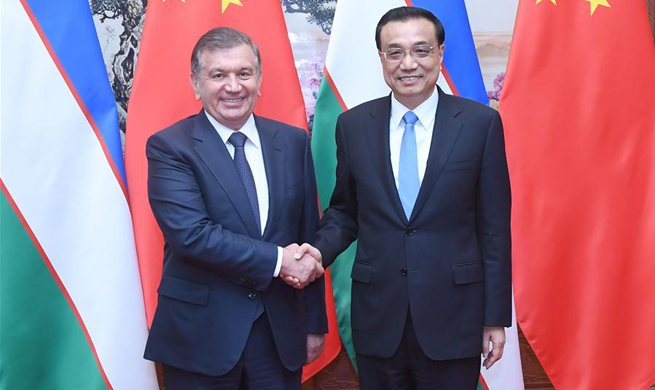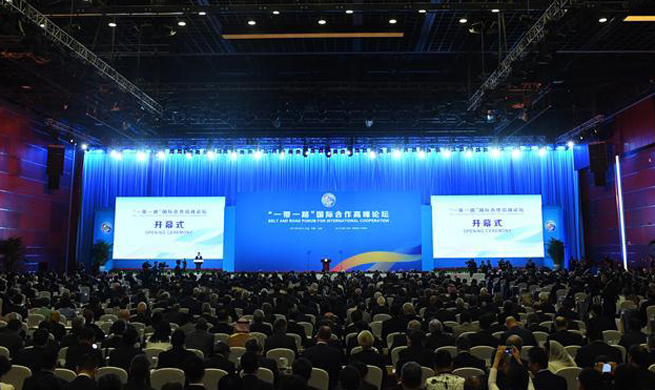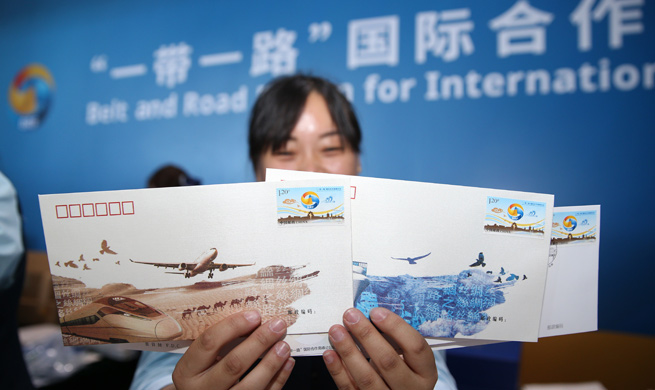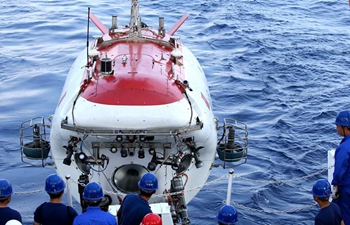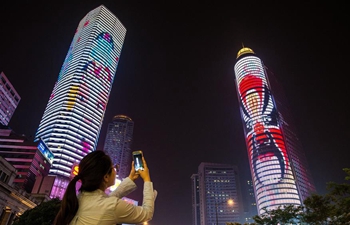BEIJING, May 14 (Xinhua) -- The world economy is going through a turbulent time, but the Belt and Road Initiative might just rebalance the things and help restore faith in globalization.
The current global economic order favors the strong and rich, those who write the rules and reap the lion's share of the profits, while the weak and poor are sidelined and neglected.
In a world still suffering the hangover of the global financial crisis and beset by rising protectionism, things are getting harder for developing countries. Shabby infrastructure, inadequate production capacity and funding shortages all come together to create a perfect storm of stalled progress.
True and lasting solutions to these global economic blues will only come when archaic relationships are remodeled and replaced with genuine cooperation. This is exactly what the Belt and Road Initiative is all about.
Proposed by Chinese President Xi Jinping in 2013, the ambitious initiative -- linking dozens of countries along a land-based Silk Road Economic Belt and an oceangoing 21st Century Maritime Silk Road -- is pioneering a new model of global economics based on the principles of mutual benefit, a far cry from the current winner-takes-all system.
Delivering a keynote speech at the opening ceremony of the Belt and Road Forum for International Cooperation on Sunday, Xi said that in pursuing the initiative, "we will not resort to outdated geopolitical maneuvering. What we hope to achieve is a new model of win-win cooperation."
The Belt and Road, stretching from Asia to Europe, has the potential to be one of the largest economic development projects in history.
Many of the countries involved have been caught in the subsidence of globalization, left forgotten and far behind. Their desire for industrialization is perfect fit with China's "going global" strategy to make best use of its vast industrial and infrastructure construction capacity.
New demand, created by increasing supply, is how the Belt and Road will rebalance the world economy.
Former Pakistani Prime Minister Shaukat Aziz said the Belt and Road would be a "game changer" for his country and the wider world, a force for growth, prosperity, and peace, creating a better understanding between nations.
Last year the world economy has its worst year since the global financial crisis, with a 13-percent drop in foreign direct investment and weak trade growth. Official data pointed to much more dynamic trade and investment activities in regions along the Belt and Road.
Trade between China and other Belt and Road countries exceeded 3 trillion U.S. dollars in the 2014-2016 period, and China's investment in these countries surpassed 50 billion dollars, covering infrastructure, industrial capacity, investment, trade, financial technology and social cooperation.
A total of 56 economic and trade cooperation zones have been set up by Chinese businesses in Belt and Road countries, generating nearly 1.1 billion U.S. dollars in tax revenue and creating 180,000 local jobs.
The Belt and Road Initiative is open to all, with results for all. It is not surprising the initiative has won support from more than 100 countries and international organizations.
Beyond trade and infrastructure, long-term goals for the Belt and Road also include policy coordination, financial integration and people-to-people bonds, all of which provide a new vision for the future of humanity.
The Belt and Road will not be built in a day. An ambitious blueprint must be translated into solid progress.
The two-day forum in Beijing, attended by 29 foreign heads of state and government leaders, will provide a platform to do the job.





